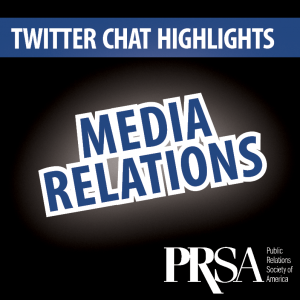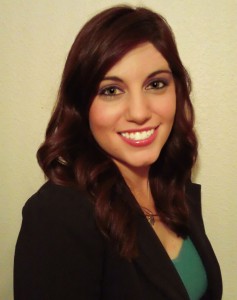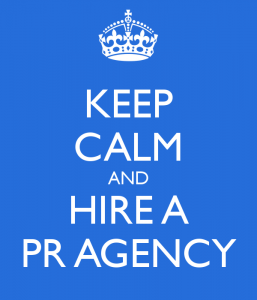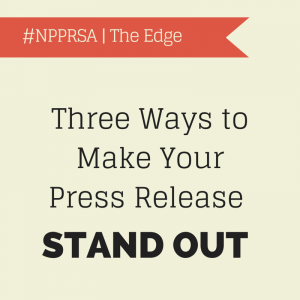 Like it or not, press releases are still a major resource for PR professionals. As a new PR pro you’ll may be charged with drafting a majority of the releases for your company. Below are three ways to make your next press release stand out from the crowd.
Like it or not, press releases are still a major resource for PR professionals. As a new PR pro you’ll may be charged with drafting a majority of the releases for your company. Below are three ways to make your next press release stand out from the crowd.
Craft a strong and engaging headline
To cut through the constant clutter of press releases, you’ve got to have a strong headline. When creating your headline you want to grab the audience’s attention and entice them to click or open the email.
You’ll want to answer the following questions: Why do I care? How is this news?
Let’s try a little experiment – which headline would you be interested in?
-
Atlanta had 45 Million visitors to the city in 2013
-
Atlanta sets new visitation record with 45 million visitors in 2013
The first headline is straight to the point, however there’s nothing to entice the reader to find out more information. The second headline tells me that Atlanta set a new record number of visitors to the city, which leads to more questions about how many visitors do other city attract? What was the previous record for the city?
Capture them with the lead
Now that you’ve got their attention, draw them in with the lead sentence. Most lead sentences are less than 30 words and answer the question of why the reader should continue on.
-
Atlanta set a new record for visitation in a single year, welcoming 45 million visitors in 2013. (17 words)
Make your way down the pyramid
For the rest of the release follow the Inverted Pyramid Structure. The first paragraph should contain, besides the lead, the most pertinent information and answering the 5 W’s (Who,What,Why, Where and When) of the release.
The next two paragraphs should provide additional or supporting information, though not as essential as the first. Quotes from executives or experts are often found here.
Finally, the last paragraph should contain the background details and basic general information.
Bonus Tip!
Before you begin writing a release, put yourself in the shoes of your intended audience. What would make you read this release? What makes this news? How would this make my job easier? By looking at the release from the reader’s perspective, you’ll gain a new sense of clarity.
What are some of your best press release tips?
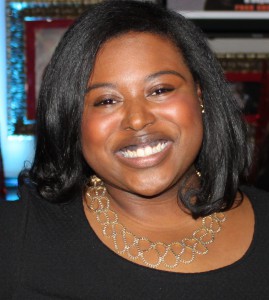 Victoria Lightfoot graduated from Georgia State University in 2012 with a Bachelor of Arts in journalism, concentrating in public relations. She is currently the PR coordinator at the Atlanta Convention & Visitors Bureau and volunteers on PRSA Georgia’s College Relations Committee and co-chairs the Travel & Tourism Special Interest Group. Connect with Victoria on LinkedIn and Twitter (@Victoria_Lenese).
Victoria Lightfoot graduated from Georgia State University in 2012 with a Bachelor of Arts in journalism, concentrating in public relations. She is currently the PR coordinator at the Atlanta Convention & Visitors Bureau and volunteers on PRSA Georgia’s College Relations Committee and co-chairs the Travel & Tourism Special Interest Group. Connect with Victoria on LinkedIn and Twitter (@Victoria_Lenese).

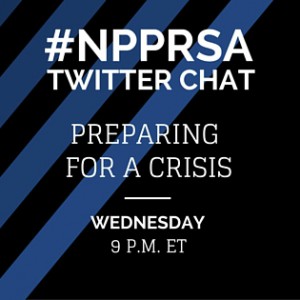

 Working with the media is a huge part of any PR career.
Working with the media is a huge part of any PR career. Nelli Tokleh is an assistant account executive at Nunez PR Group in Dallas. She received her undergraduate degree in public relations from the University of North Texas and her Master’s in Business Administration from Texas Woman’s University. Nelli is an active board member at PRSA Dallas and enjoys traveling, shopping and blogging about fashion and food. Connect with her on
Nelli Tokleh is an assistant account executive at Nunez PR Group in Dallas. She received her undergraduate degree in public relations from the University of North Texas and her Master’s in Business Administration from Texas Woman’s University. Nelli is an active board member at PRSA Dallas and enjoys traveling, shopping and blogging about fashion and food. Connect with her on 